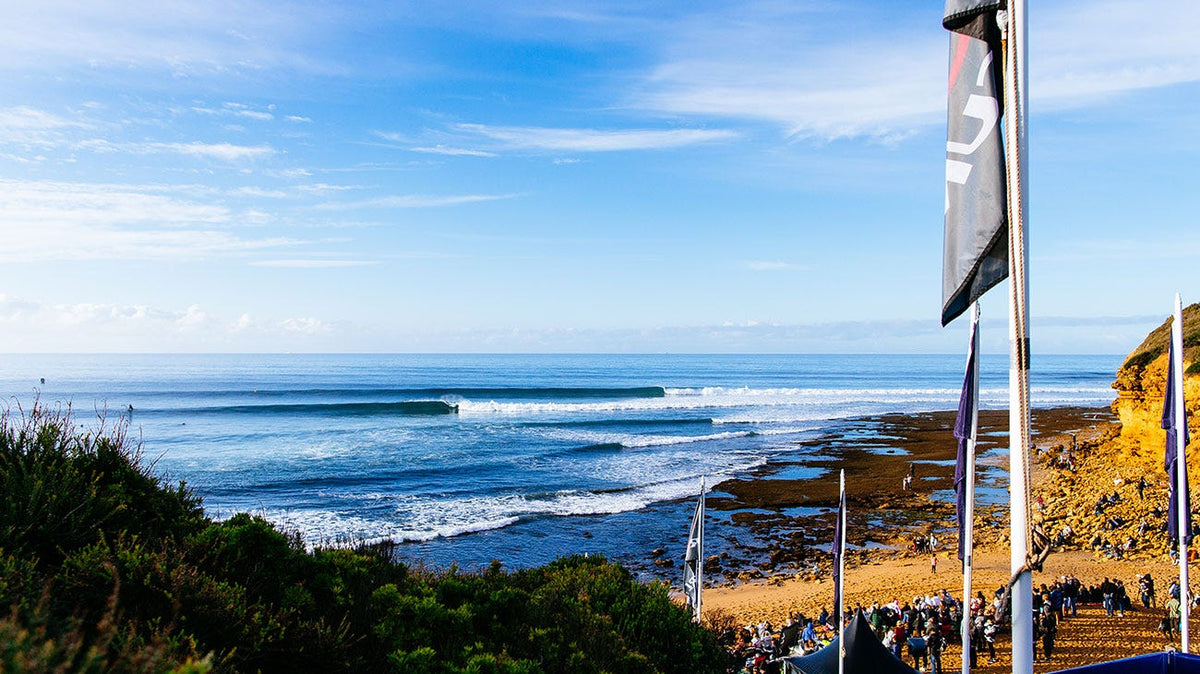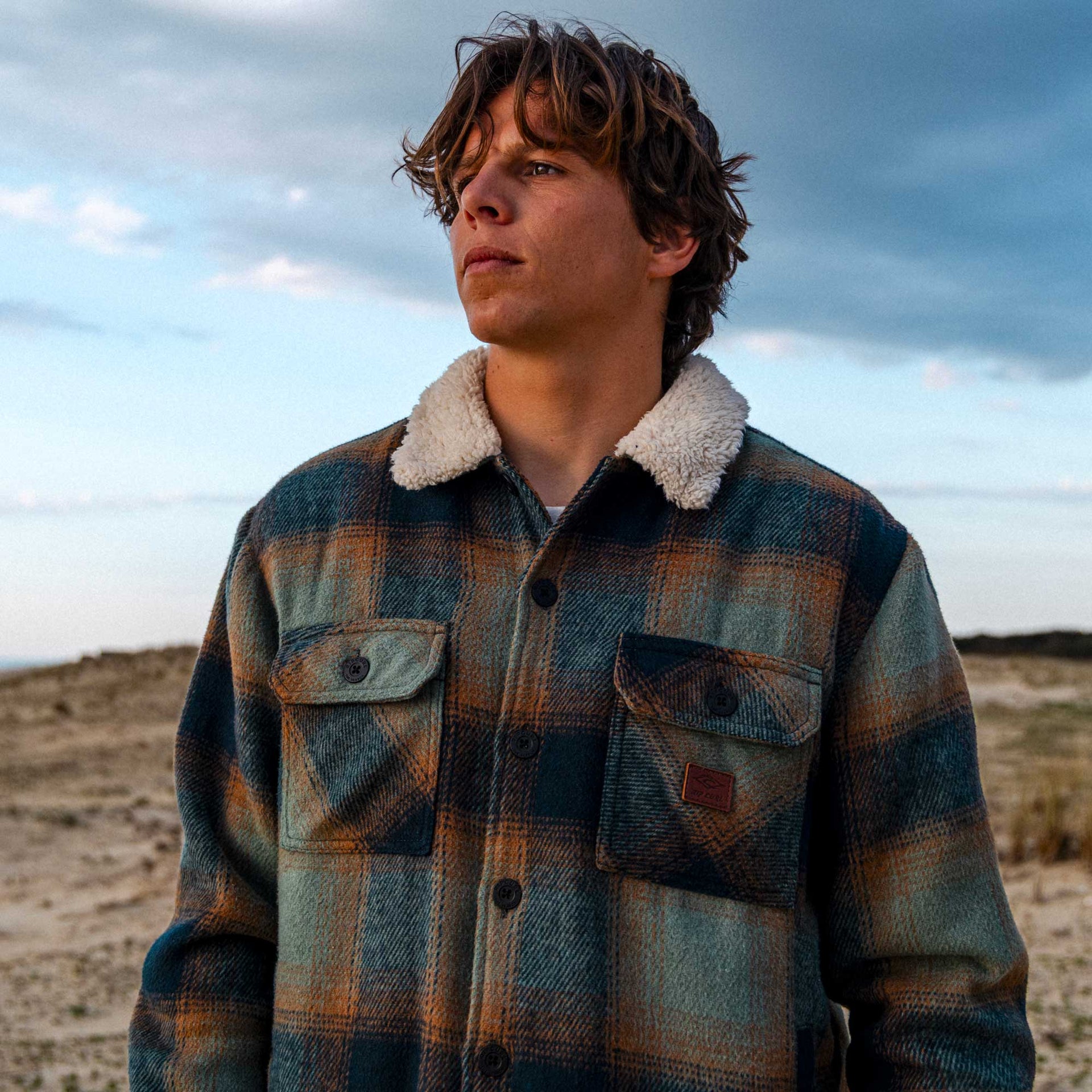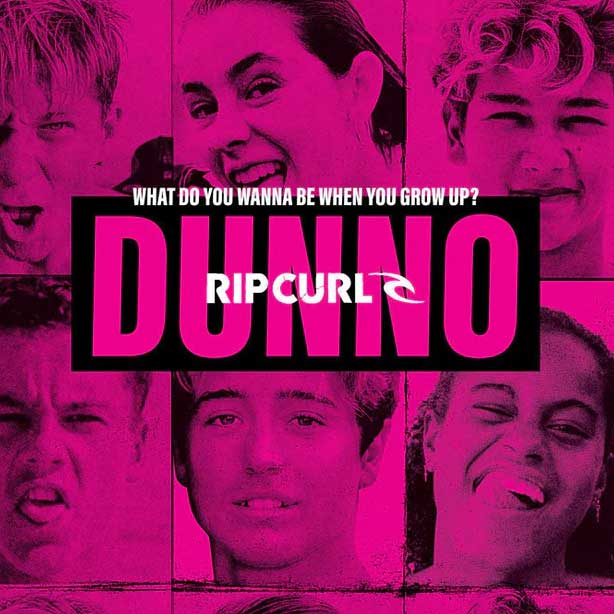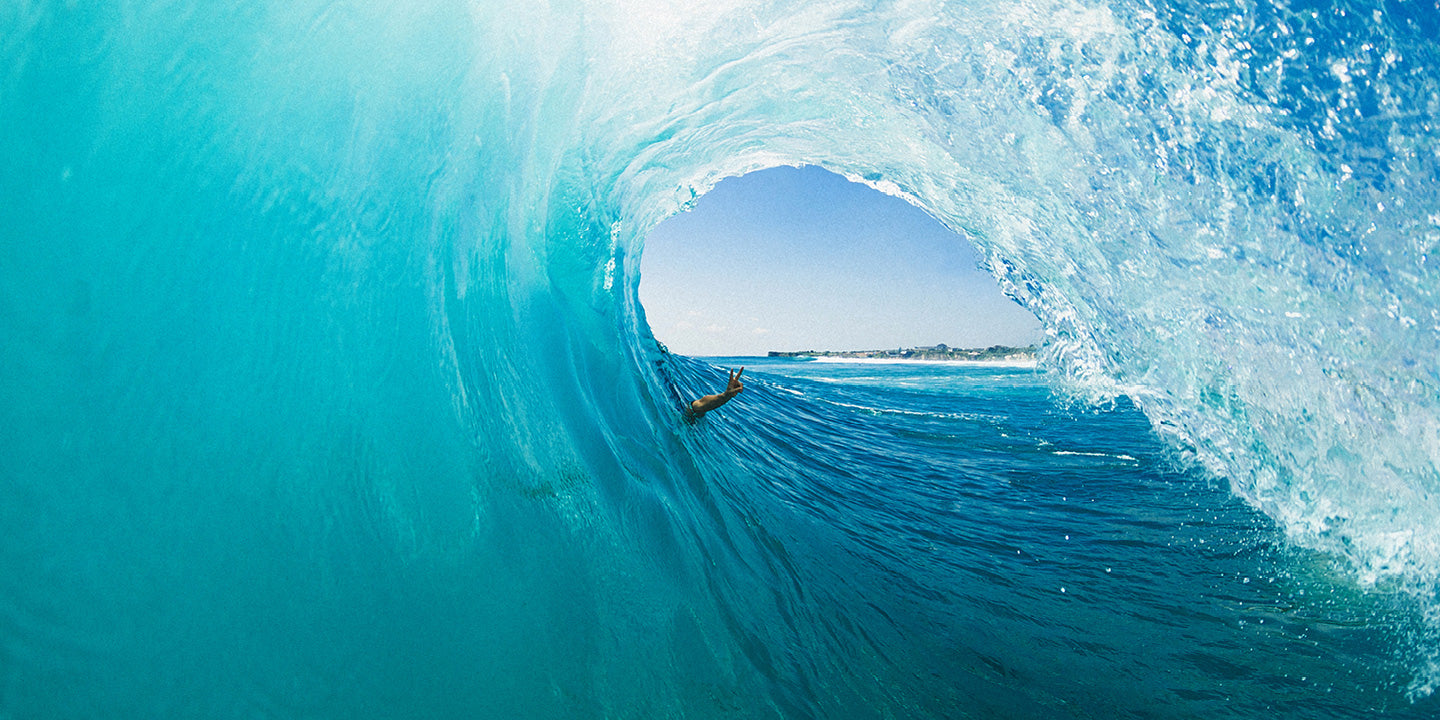All You Need to Know About Surf Competitions

From ancestral Polynesia to the iconic beaches of Bells Beach and Hossegor, surf competition is now a true global institution. It attracts athletes from every background, electrifies massive crowds, and embodies the spirit of freedom and pushing one’s limits. In this article, we take a comprehensive look at the world of elite surfing—from its history to how it works—covering its biggest stars and must-see events.
A Brief History of Surf Competitions
The Origins of Competitive Surfing
Surf competition has its roots in Hawaii, where kings and local chiefs organized wave challenges to demonstrate strength and skill. However, it wasn’t until the 20th century that the practice became structured. In 1928, one of the first official championships was held in California.
Evolution to the Present Day
In the 1960s and 1970s, the creation of tours such as the ASP (the forerunner of the World Surf League) marked a turning point. Major contests were born, like the Rip Curl Pro at Bells Beach and the Pipe Masters in Hawaii. Today, the World Championship Tour (or WCT) brings together the best surfers on the world’s finest waves.

The Different Types of Surf Competitions
Shortboard Competitions
Shortboarding is the premier discipline of modern surfing. Agile and fast, it allows for radical maneuvers. Events on the World Surf League (WSL) are held almost exclusively in this discipline. Each tour stop is a showcase of style, power, and grace in extreme conditions.
Longboard Competitions
Longboarding favors elegance and classic style. Less focused on pure action, it highlights fluid movement. ISA World Championships and select WSL events celebrate this very popular discipline, notably in France, at Biarritz and across the Basque Country.
Bodyboard Competitions
Bodyboarding is practiced lying on a short board. It allows riders to take waves that are powerful and hollow. Very popular in La Libertad, Chile, and in Rio de Janeiro, it has its own global tour and attracts many amateurs and professionals.
Stand-Up Paddle (SUP) Competitions
SUP, practiced standing with a paddle, is a rapidly growing discipline. Events blend surfing and endurance, with technical open-ocean races. Several major events are held at Margaret River and in South Africa.

Main Organizations and International Tours
The World Surf League (WSL)
The World Surf League is the primary governing body of professional surfing. It runs the WCT, now branded the World Championship Tour, as well as the Rip Curl WSL Finals. Each year, the top surfers face off at iconic spots like Lower Trestles (San Clemente), the Gold Coast, or Jeffreys Bay in South Africa.
The ISA World Championships
The International Surfing Association (ISA) organizes world championships for national teams. This event is considered one of the most prestigious in the world, especially in emerging surfing countries such as Japan, Morocco, and Peru.
European and Regional Competitions
In Europe, the French Championship and regional events are overseen by the French Surfing Federation. Cities like Hossegor, Biarritz, and Portugal Surf City regularly host European stops on the WSL or ISA tours.
How Do Surf Competitions Work?
Rules and Judging Criteria
Every surf competition is based on strict rules. Judges evaluate maneuvers, power, variety, flow, and overall style. The difficulty of the wave is also factored in. Respecting priority is crucial to ensure athletes’ safety.
The Scoring System
Judges award a score out of 10 for each wave. Only the two best waves of each surfer are counted. The total out of 20 determines the heat winner. This method, adopted by the WSL, helps ensure fair quality of judging.
Heats and Rounds
Competitions are divided into “heats,” where surfers face off in groups of 2 to 4. The best advance to the next round until the final. The schedule is typically adjusted according to weather and wave conditions.
The Role of the Judging Panel
The panel is made up of international experts trained to WSL standards. Their response to performances is immediate via real-time screens. Any decision can be reviewed on video to guarantee fairness and adherence to the rules.
Calendar of Major Surf Events
Competitions Not to Miss
The Rip Curl Pro at Bells Beach, the Tahiti Pro, the Margaret River Pro, and the Quiksilver Pro France in Hossegor are unmissable events on the World Championship Tour.
How to Follow the Competitions
The WSL livestreams every surf competition on its website and social channels. Mobile apps also let fans follow live scores, schedules, and athletes’ reactions.
Surfing at the Olympic Games
Surfing’s Introduction to the Olympics
Surfing made its Olympic debut in Tokyo 2021, marking a new era for the global championship. At Paris 2024, the event took place at Teahupoʻo, in French Polynesia, on one of the biggest waves ever surfed.
What Does This Mean for Surfing?
Olympic inclusion brings greater visibility, funding, and recognition for surfers. It also opens opportunities for new countries to emerge on the world stage.

Big Names in Competitive Surfing
Historic Legends
Kelly Slater, an eleven-time world champion, remains an unshakeable icon of surfing. Other pioneers like Tom Curren, Mark Richards, and Andy Irons marked the early days of the World Championship Tour. On the women’s side, Australia’s Layne Beachley holds seven world titles—a historic record in the discipline. American Lisa Andersen, with her fluid yet powerful style, revolutionized women’s place in the professional surfing world in the 1990s.
Current Champions
Among the men, athletes like Gabriel Medina, Italo Ferreira, and John John Florence dominate the tour. On the women’s side, stars such as Carissa Moore, a five-time world champion, and Stephanie Gilmore, who shares the record for most titles on the WCT with Layne Beachley, are indispensable figures. Brazil’s Tatiana Weston-Webb and France’s Johanne Defay also embody a new generation of ambitious champions ready to etch their names into the World Surf League record books.
How to Take Part in a Surf Competition
Qualification Criteria
To reach the professional tour, surfers must achieve strong results in regional and national events. In France, the French Championship is often the first step toward the elite. Surfers must demonstrate consistency, strategic choices, and adaptability in different settings.

Tips for Aspiring Competitive Surfers
Prepare your safety at sea, train regularly, study the rules and scoring system, choose the right boards, and use the perfect wetsuit—all are essential to progress. It’s also crucial to enter local events to gain experience and confidence.
Conclusion
Surf competition is far more than a simple showdown of maneuvers. It embodies a culture, a lifestyle, and a shared passion across the world. To learn more about its origins, check out the history of surfing. To all enthusiasts, it’s up to you to experience a competition—as a spectator or a participant. Surfing is a school of humility, mastery, and freedom. Ready to dive in?



